The royal rivalry between Elizabeth I and Mary, Queen of Scots
The saga of Elizabeth I and Mary, Queen of Scots is a tale woven with intrigue, ambition, and the contentious politics of their time. These two formidable queens, cousins by blood, were bound by their shared lineage yet divided by their faith and claims to the English throne.
Their rivalry, steeped in personal and political enmity, has fascinated historians for centuries, setting the stage for a dramatic historical showdown that continues to capture the public imagination today.
The Early Life of Elizabeth I: A Princess in Waiting
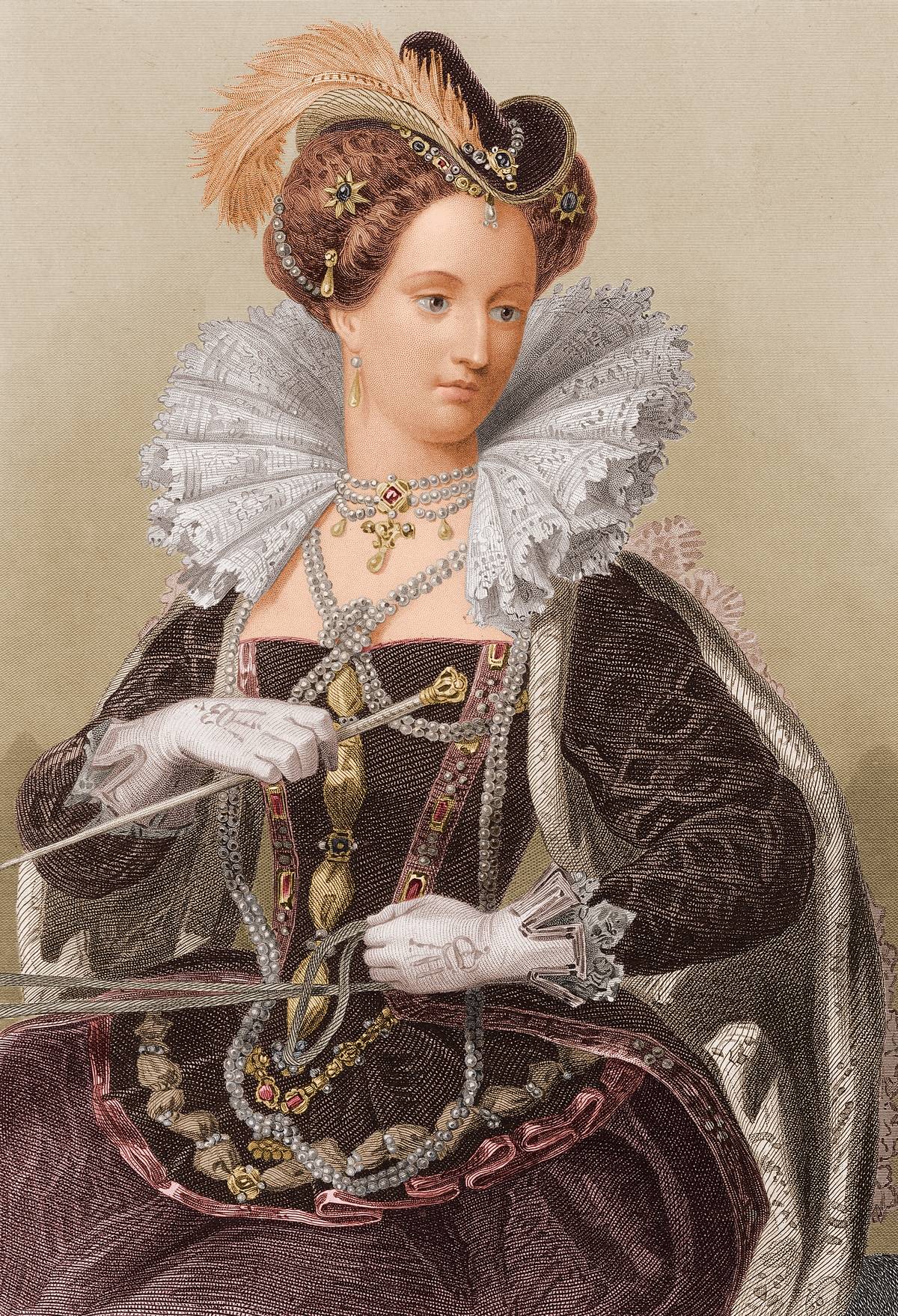
Elizabeth I was born on September 7, 1533, to King Henry VIII and Anne Boleyn, and her early years were marked by uncertainty. After her mother’s execution, Elizabeth’s status fluctuated, often overshadowed by her half-siblings.
Yet, she displayed a keen intellect and resilience, traits that would serve her well in her future reign. Elizabeth was educated by prominent scholars, receiving lessons in languages, philosophy, and the arts, which prepared her for the complexities of ruling a kingdom.
The Childhood of Mary, Queen of Scots: A Queen from Birth
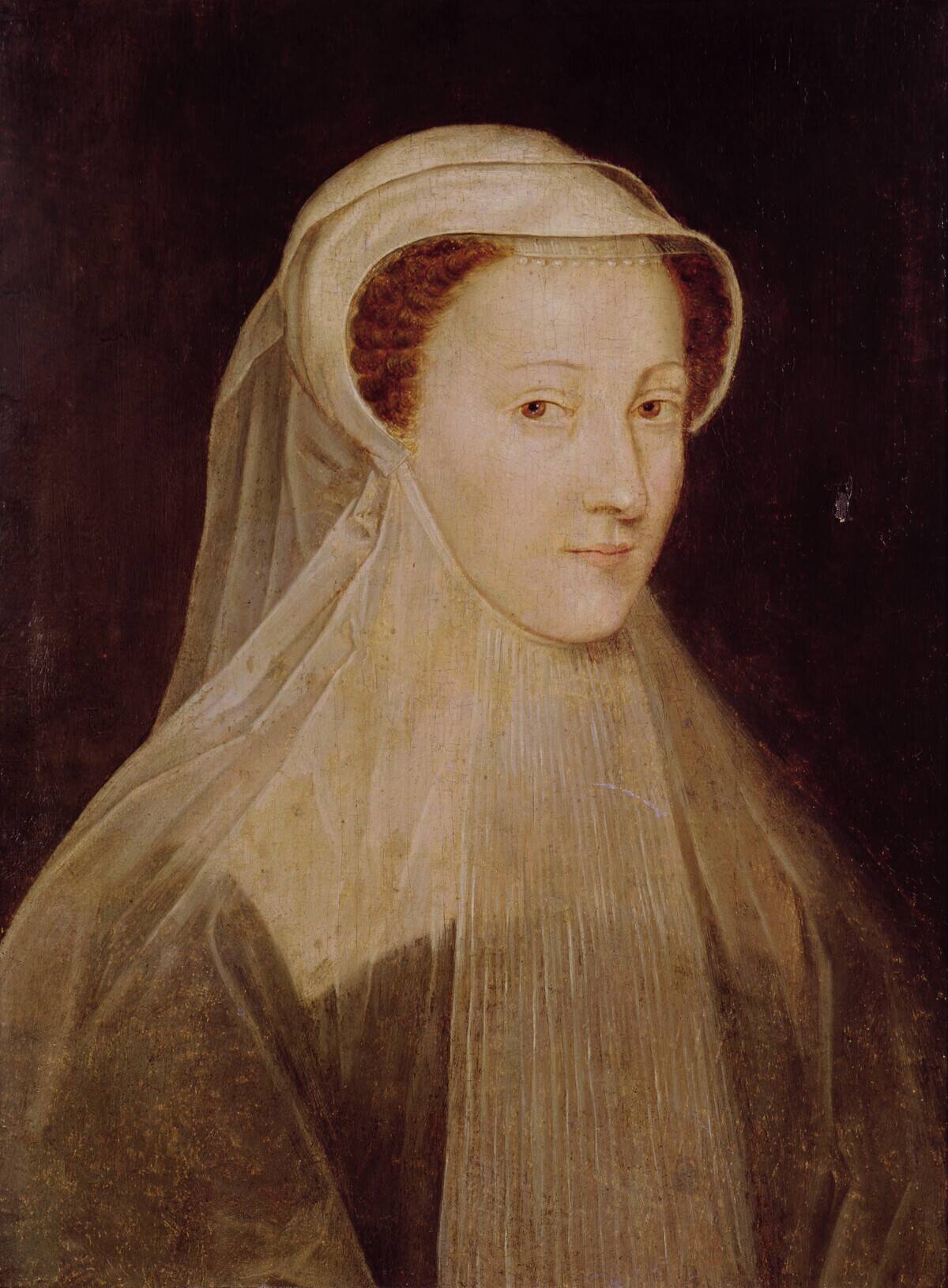
Mary, Queen of Scots, was born on December 8, 1542, and became queen when she was just six days old after her father’s untimely death. Raised in the French court after being betrothed to the Dauphin of France, she was immersed in a world of opulence and political maneuvering.
Her education was befitting a royal, where she learned French, Latin, Greek, and music, cultivating a cultured persona that would later both charm and challenge the courts of Europe.
The Complex Web of European Politics
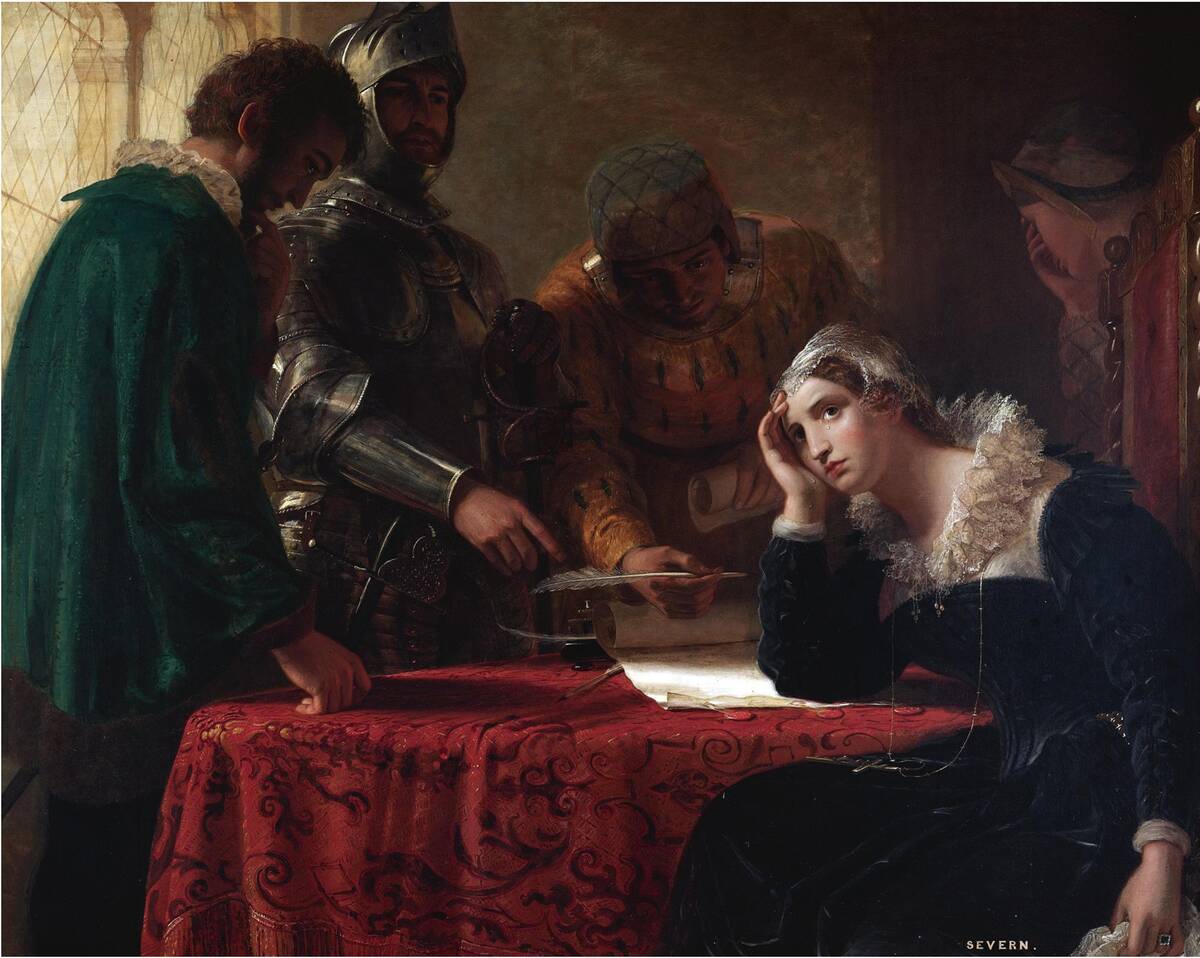
The 16th century was a time of intense political intrigue, with alliances and enmities constantly shifting. Elizabeth and Mary were at the heart of this web, with England and Scotland caught in a larger European struggle for power.
The Catholic powers of France and Spain eyed Protestant England warily, while Elizabeth’s England sought to assert its influence. Mary’s ties to France through her first marriage further complicated the political landscape, setting the stage for a volatile relationship with Elizabeth.
Religion and Rivalry: Protestant Elizabeth vs. Catholic Mary
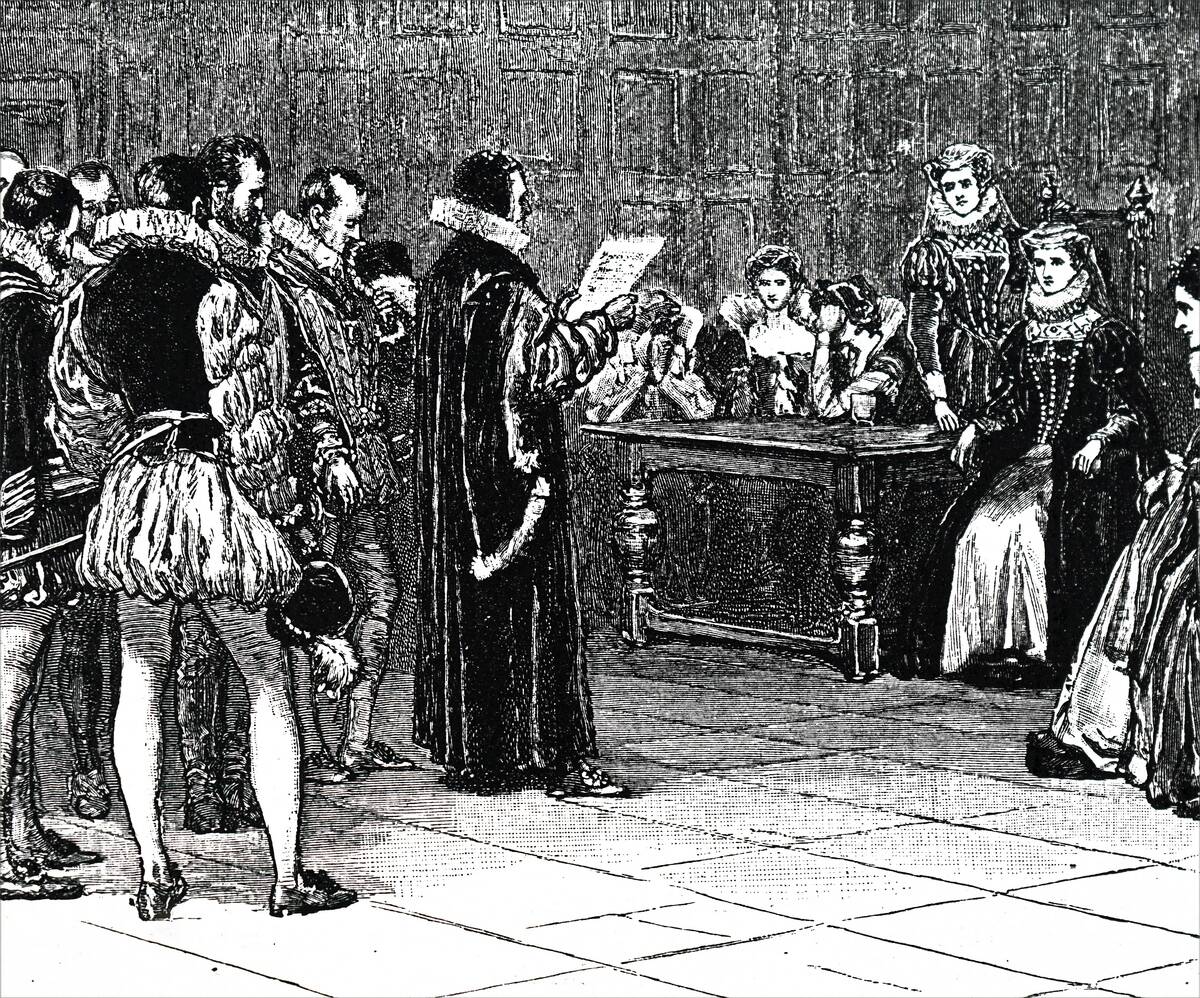
Religion was a defining factor in the rivalry between Elizabeth and Mary. Elizabeth, a Protestant, faced constant challenges from Catholic factions within England and from abroad. Mary’s Catholic faith made her a figurehead for Catholic hopes of reclaiming influence in England.
The religious divide was not only a personal matter but a national one, as both women were symbols of the broader European struggle between Protestantism and Catholicism, making their personal rivalry emblematic of a larger ideological conflict.
The Claim to the English Throne: Mary’s Lineage
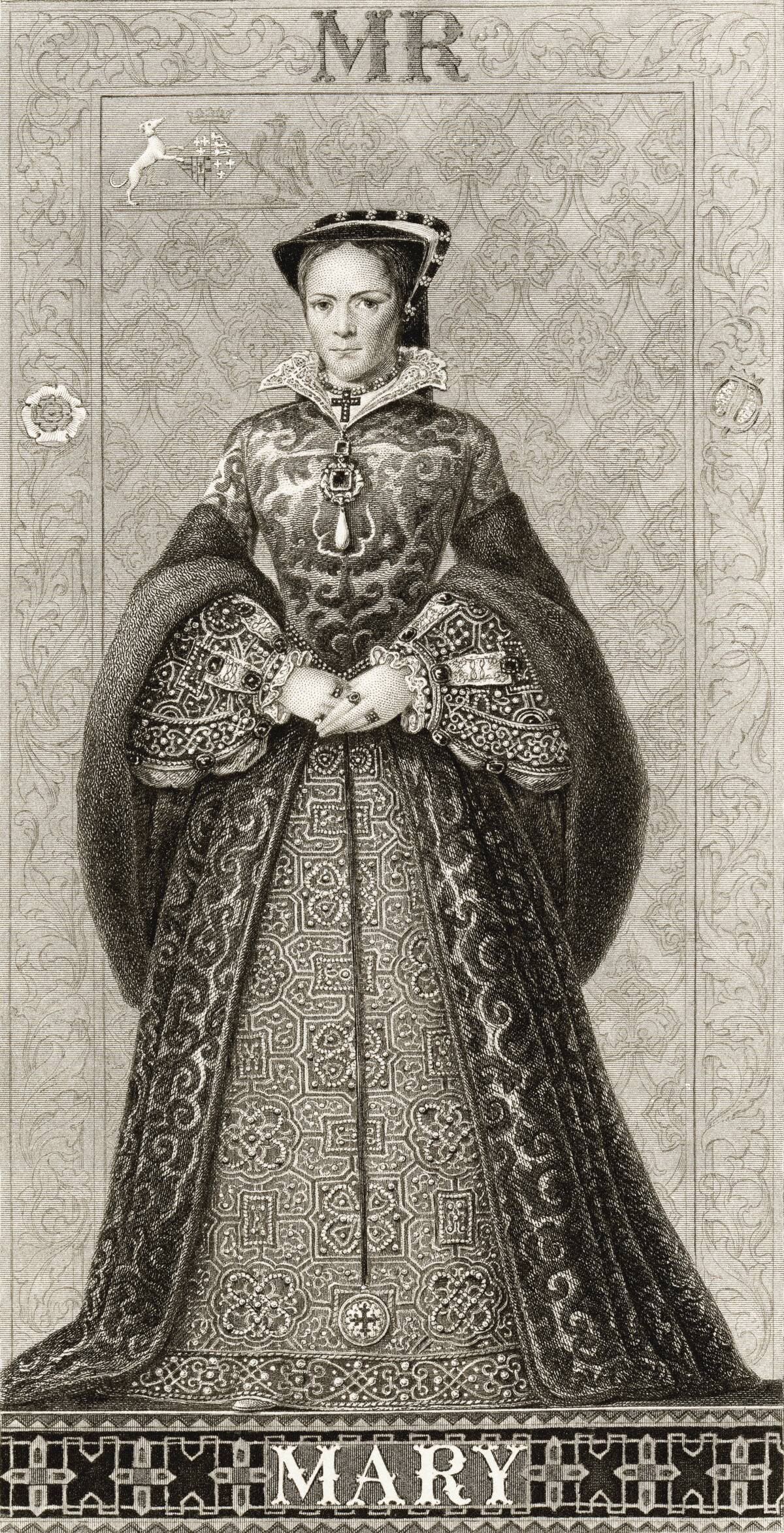
Mary’s claim to the English throne was a thorn in Elizabeth’s side, rooted in her grandmother Margaret Tudor’s marriage to James IV of Scotland. This connection made Mary a legitimate contender in the eyes of many Catholics who viewed Elizabeth’s rule as illegitimate due to her mother’s controversial marriage to Henry VIII.
Mary’s lineage provided her with a significant political advantage, one that was constantly leveraged by her supporters to challenge Elizabeth’s authority and legitimacy.
The Battle of Wits: Diplomatic Correspondence
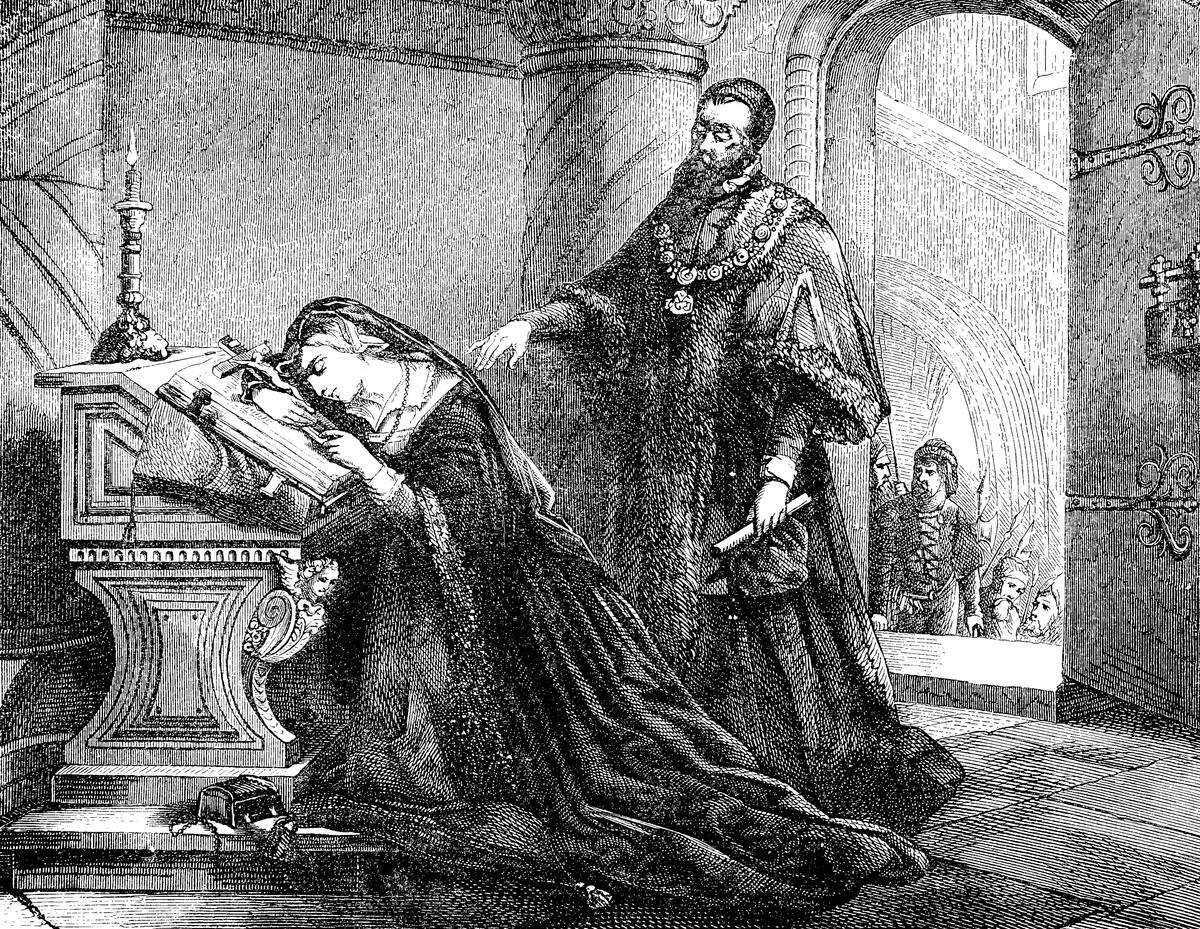
Elizabeth and Mary communicated through a series of letters that revealed their complex relationship, filled with both cordiality and tension. These letters, often crafted with careful diplomacy, show the delicate dance of power between the two queens.
Elizabeth, known for her wit and intelligence, often used these correspondences to assert her dominance, while Mary sought to appeal to their familial ties and mutual interests. This battle of wits was as much about strategy as it was about maintaining a semblance of civility.
Mary’s Marriages: Political Moves or Romantic Missteps?
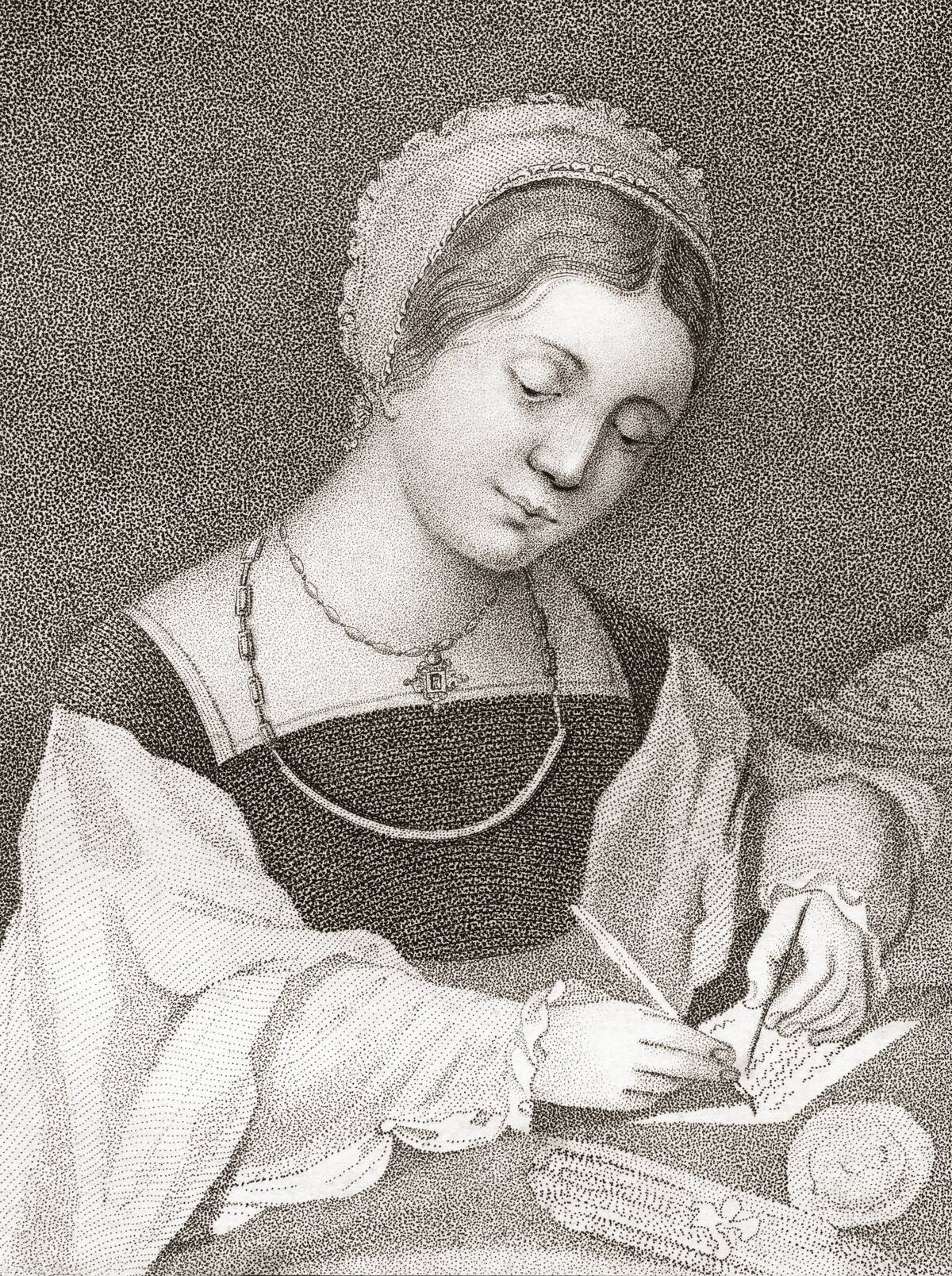
Mary, Queen of Scots, had three marriages, each embroiled in controversy and political intrigue. Her first marriage to Francis II of France positioned her strategically within European politics, but his early death left her vulnerable.
Her subsequent marriages, particularly to Lord Darnley and the Earl of Bothwell, were fraught with scandal and violence. These alliances, whether seen as political maneuvers or romantic missteps, significantly impacted her reign and reputation, drawing criticism and suspicion from Elizabeth and her advisors.
Elizabeth’s Court: A Hive of Intrigue
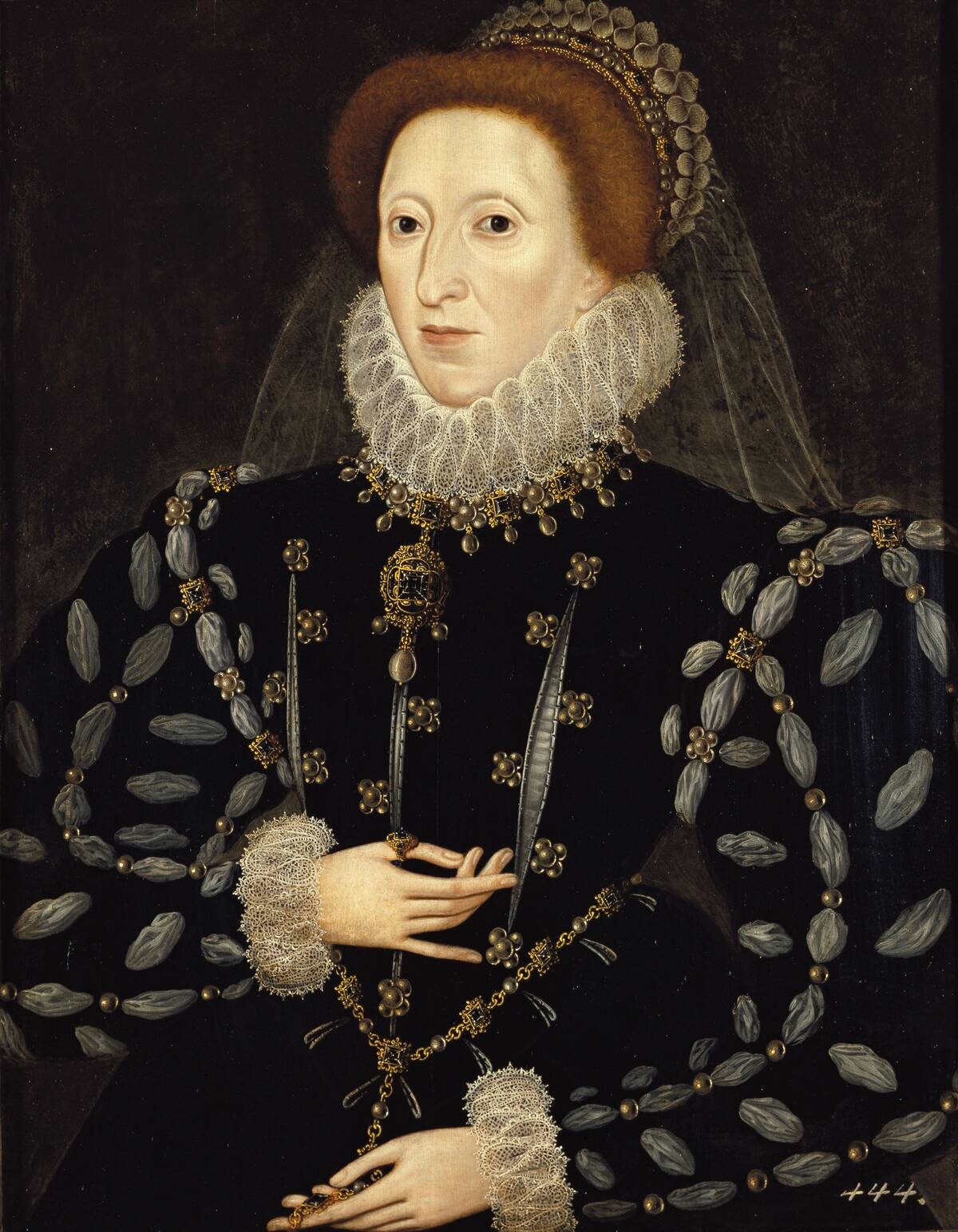
Elizabeth’s court was a vibrant yet hazardous environment where courtiers vied for influence and favor. Known for her ability to keep a tight rein on her advisors and nobles, Elizabeth skillfully navigated the intricacies of court life.
Her reign was marked by a network of spies and informants, ensuring her awareness of potential plots. This atmosphere of intrigue was not merely for entertainment but a necessary defense against threats, both internal and external, that could undermine her authority.
The Captive Queen: Mary’s Imprisonment in England
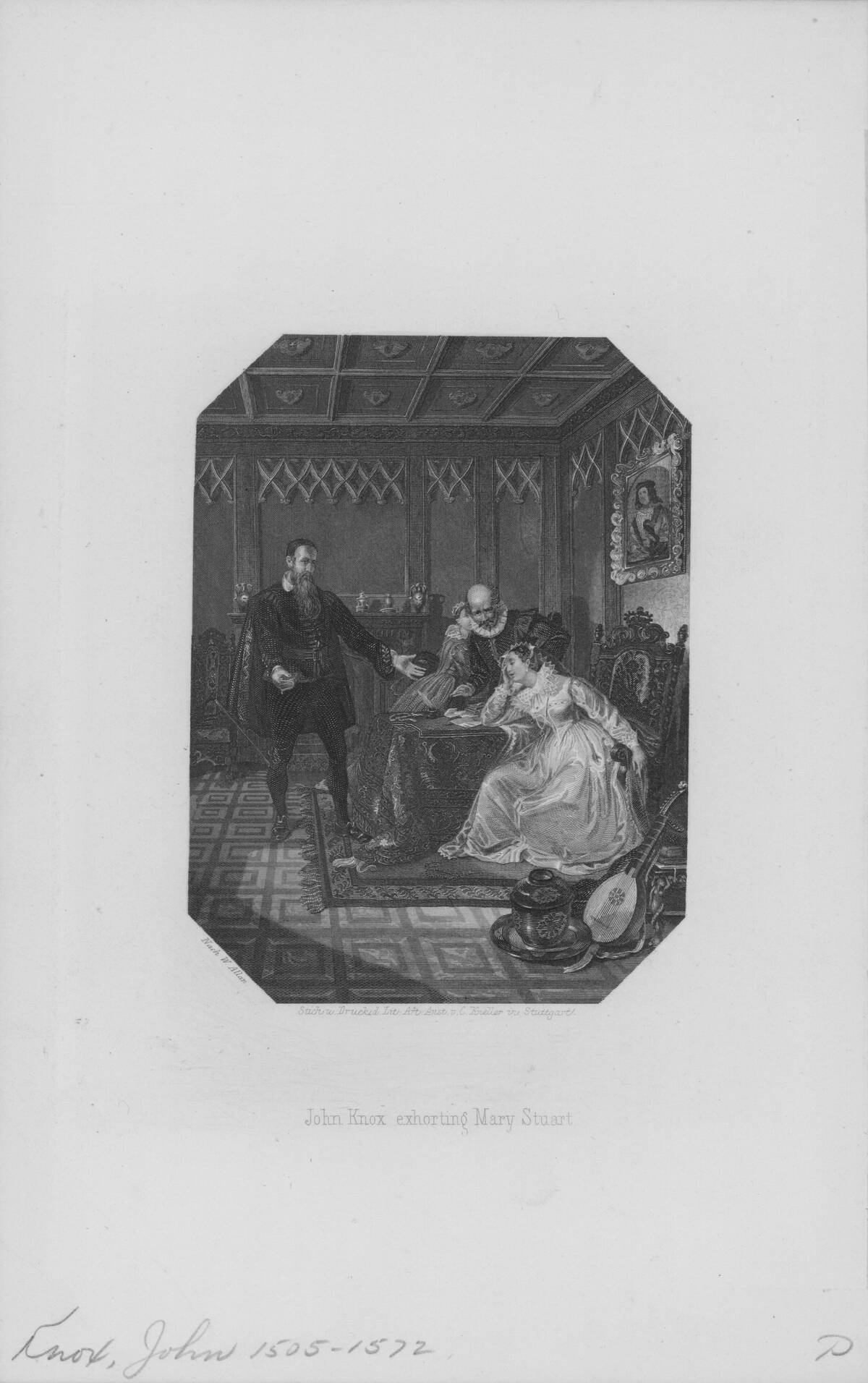
Mary sought refuge in England in 1568 after being forced to abdicate the Scottish throne, only to find herself a prisoner. Elizabeth, perceiving her as a threat, kept Mary under house arrest for 19 years.
During this time, Mary became a focal point for Catholic plots against Elizabeth, further complicating their fraught dynamic. Despite her confinement, Mary remained a significant figure in European politics, her captivity emblematic of the perilous nature of royal life and the volatile politics of the time.
The Role of Advisors: Cecil vs. Maitland

Key advisors played crucial roles in the reigns of both queens, with William Cecil serving Elizabeth and William Maitland advising Mary. Cecil was instrumental in crafting Elizabeth’s policies, known for his astute political acumen and loyalty. In contrast, Maitland’s relationship with Mary was more tumultuous, marked by shifting allegiances and political machinations.
These advisors not only influenced the decisions of their queens but also shaped the broader political landscape, highlighting the importance of trusted counsel in navigating the treacherous waters of monarchy.
The Babington Plot: A Plan Uncovered
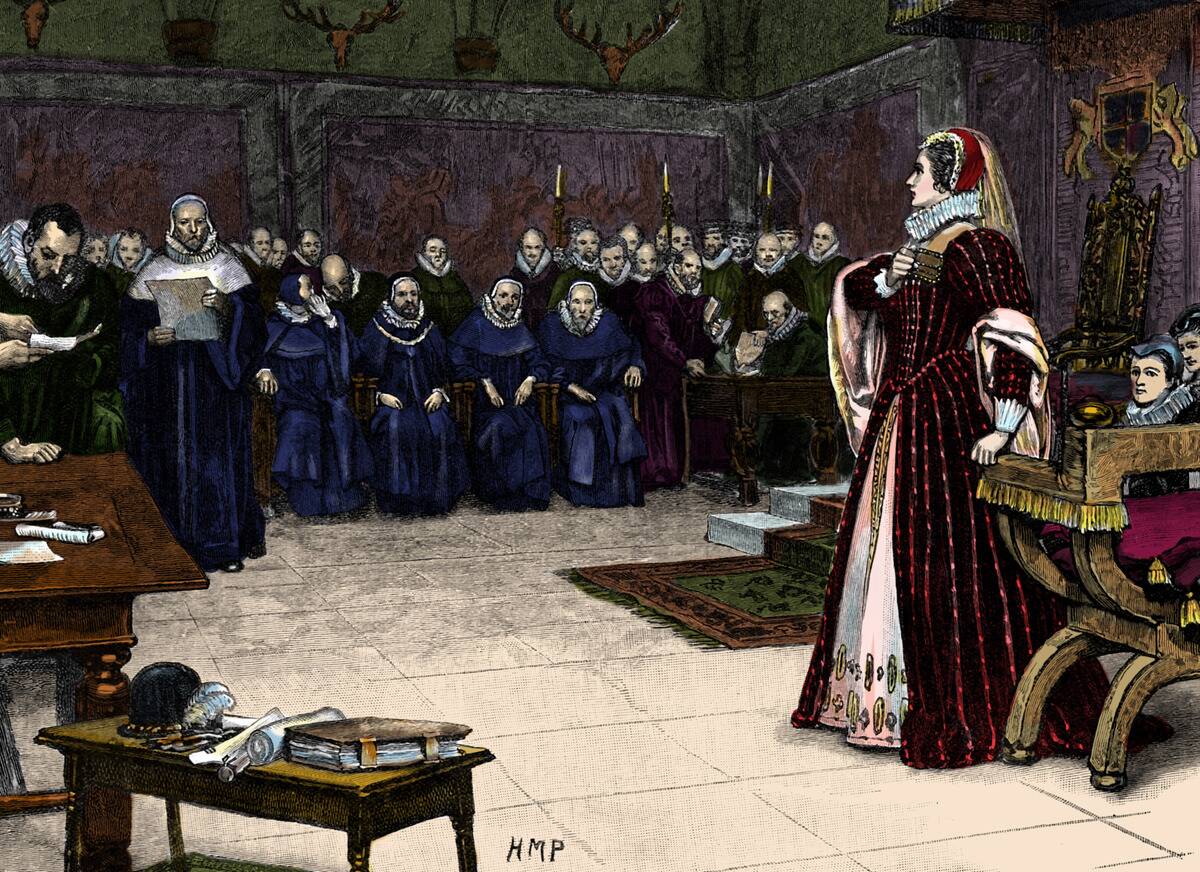
The Babington Plot of 1586 was a pivotal moment in the saga of Elizabeth and Mary, involving a Catholic plan to assassinate Elizabeth and place Mary on the English throne. The plot was uncovered by Elizabeth’s spymaster, Sir Francis Walsingham, who intercepted coded letters between Mary and the conspirators.
This discovery sealed Mary’s fate, providing Elizabeth with the justification needed to put her cousin on trial. The plot underscored the persistent threats to Elizabeth’s rule and the lengths to which her enemies would go.
The Trial of Mary, Queen of Scots: Justice or Jealousy?
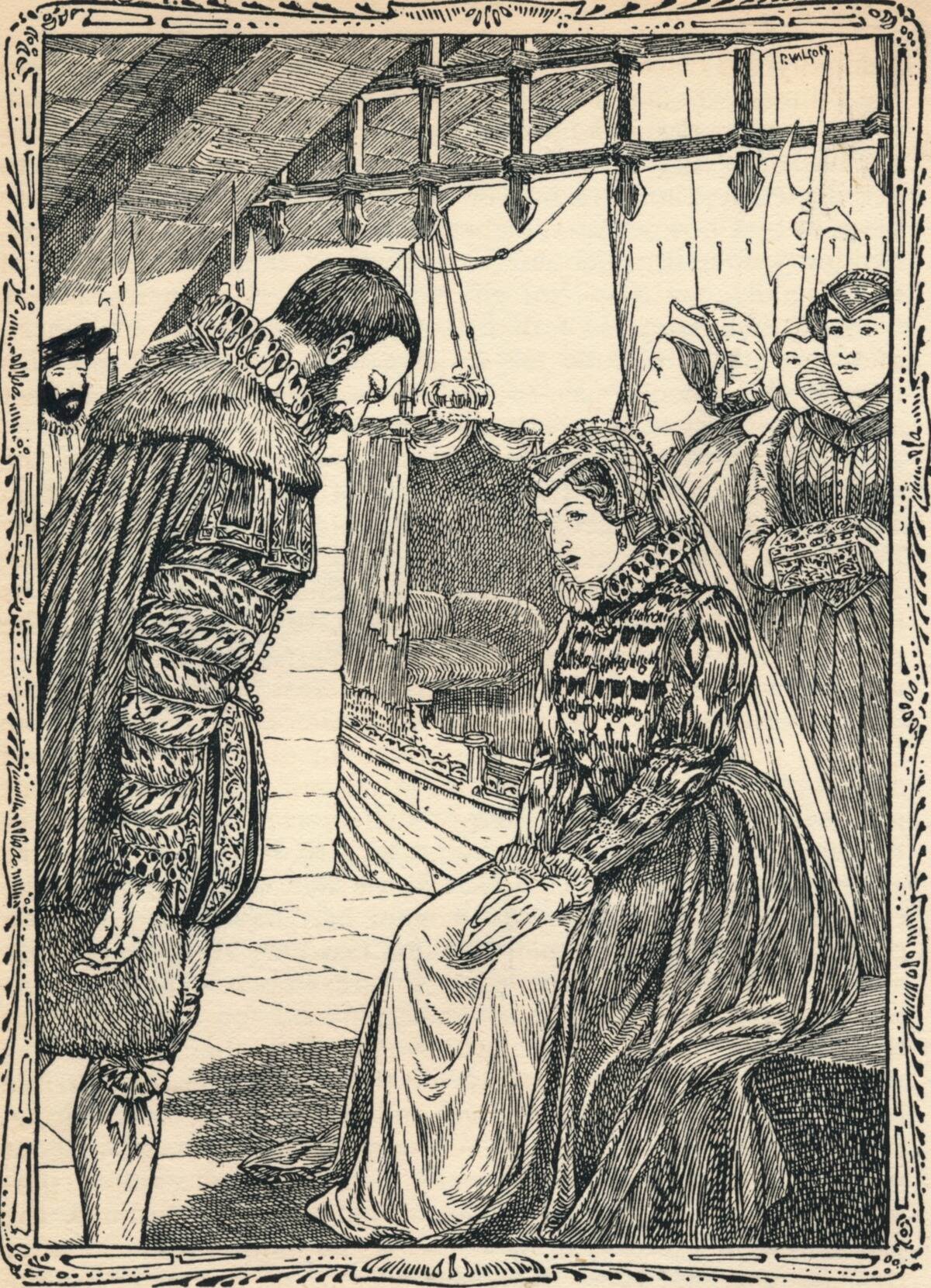
Mary’s trial in 1586 was a highly publicized affair, characterized by questions of justice and political necessity. Accused of treason, Mary defended herself with dignity, arguing that her status as a foreign queen exempted her from English law.
Despite her eloquent defense, the outcome was a foregone conclusion, with Elizabeth’s advisors pressing for a guilty verdict. The trial remains a subject of debate among historians, viewed by some as a necessary act of statecraft and by others as an expression of Elizabeth’s personal insecurities.
The Execution of Mary: A Monarch’s Dilemma
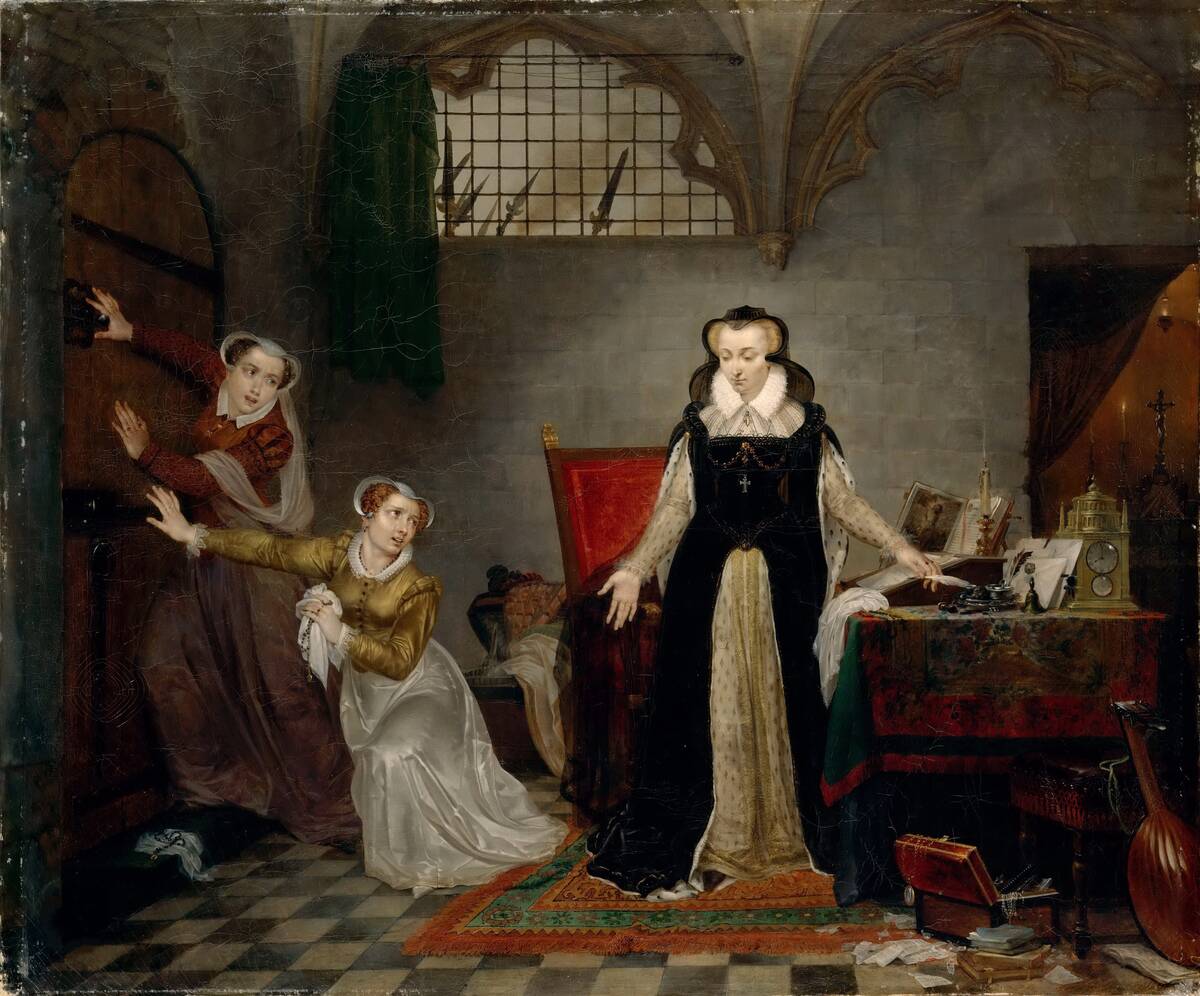
Mary’s execution on February 8, 1587, was a momentous event that weighed heavily on Elizabeth. The decision to execute a fellow monarch was fraught with moral and political implications, yet Elizabeth ultimately sanctioned it under pressure from her council.
The execution was a spectacle, with Mary displaying grace and composure to the end. This act eliminated a significant threat to Elizabeth’s reign but also set a controversial precedent, challenging the sanctity of anointed sovereigns and leaving a stain on Elizabeth’s legacy.
The Aftermath: Legacy of a Rivalry
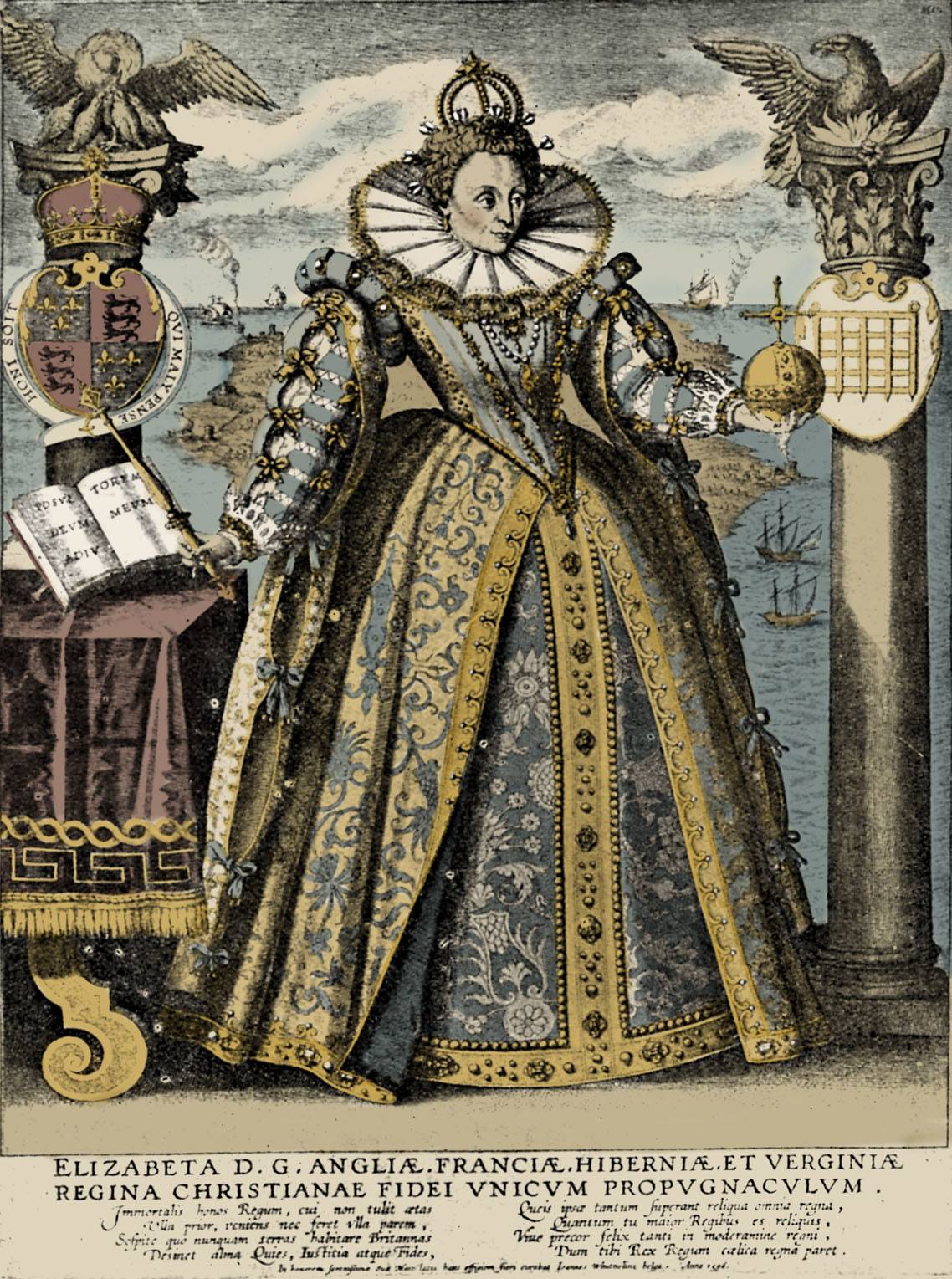
The rivalry between Elizabeth and Mary left an indelible mark on history, shaping the political landscape of their time and beyond. Elizabeth emerged as a formidable ruler, cementing her legacy as the Virgin Queen, while Mary’s tragic story became a symbol of martyrdom for Catholic sympathizers.
Their tumultuous relationship influenced the perception of female rulers, highlighting the complexities of power, gender, and legitimacy. The echoes of their rivalry reverberated through subsequent generations, impacting the course of British history.
Elizabeth’s Lasting Influence: The Virgin Queen’s Reign
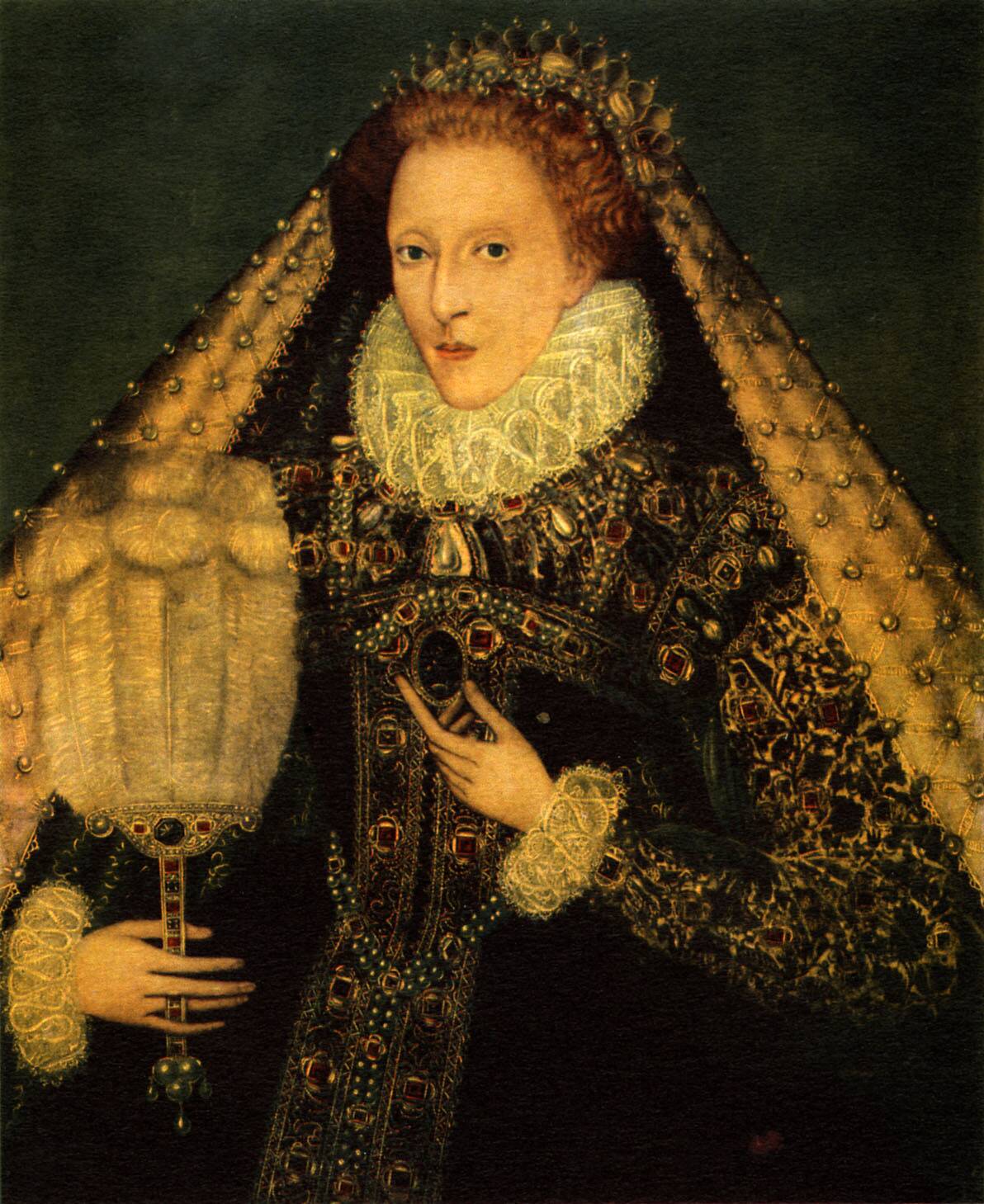
Elizabeth I’s reign is often regarded as a golden age in English history, marked by cultural flourishing and political stability. Her ability to maintain independence, navigate religious tensions, and support the arts left a lasting influence on the English monarchy.
She skillfully balanced power and diplomacy, ensuring her place in history as a beloved and respected monarch. The image of Elizabeth as the Virgin Queen became an enduring symbol of strength and resilience, inspiring generations of women in leadership.
Mary’s Enduring Myth: The Romanticized Queen
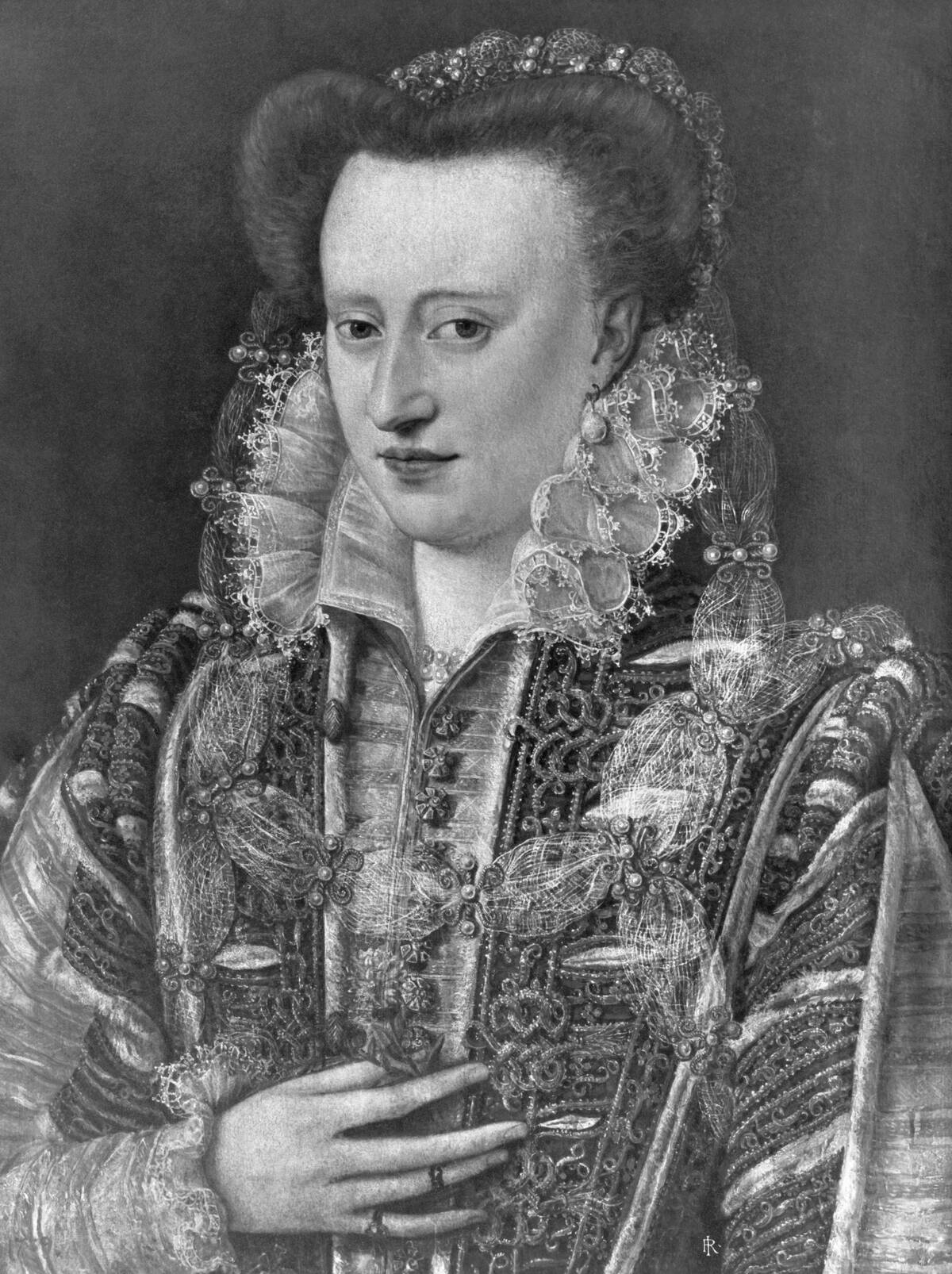
Mary, Queen of Scots, has been romanticized in popular culture as a tragic and enigmatic figure, her life story filled with drama and intrigue. Her tumultuous reign, marked by personal and political struggles, has been the subject of countless books, films, and plays.
This romanticized view often overlooks the complexities of her character and reign, yet it underscores her enduring appeal as a symbol of grace under pressure. Mary’s life and legacy continue to captivate those drawn to tales of romance and tragedy.
Pop Culture and the Queens: Films, Books, and TV Shows
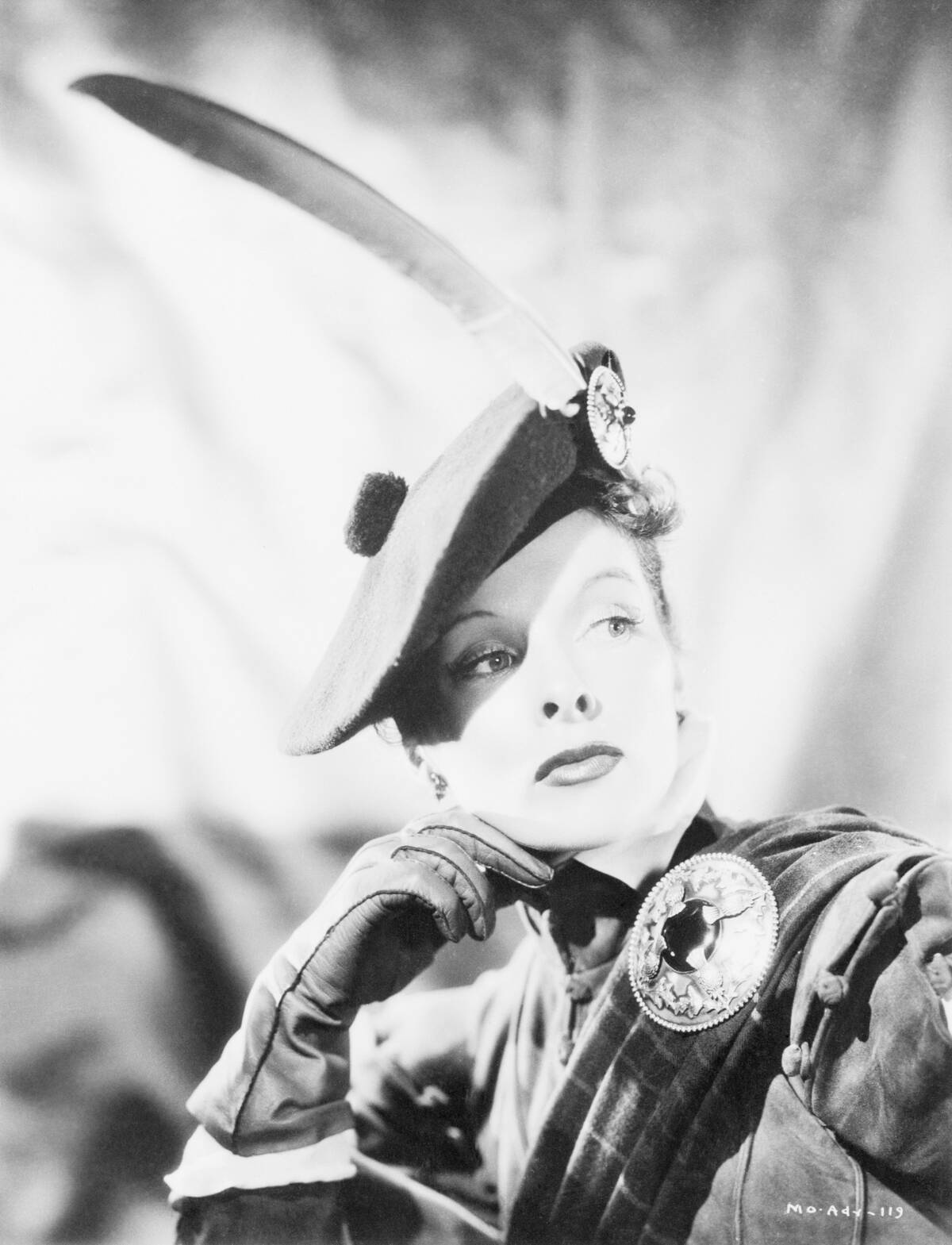
The story of Elizabeth and Mary has been a rich source of inspiration for popular culture, with numerous portrayals in films, books, and television. From the dramatic depictions in films like “Mary Queen of Scots” to the nuanced portrayals in TV series such as “Reign,” their lives have been reimagined for modern audiences.
These adaptations often take creative liberties, yet they keep the public engaged with the historical drama, ensuring the legacy of these queens endures in popular imagination.
The Rivalry’s Impact on Modern Perceptions of Monarchy
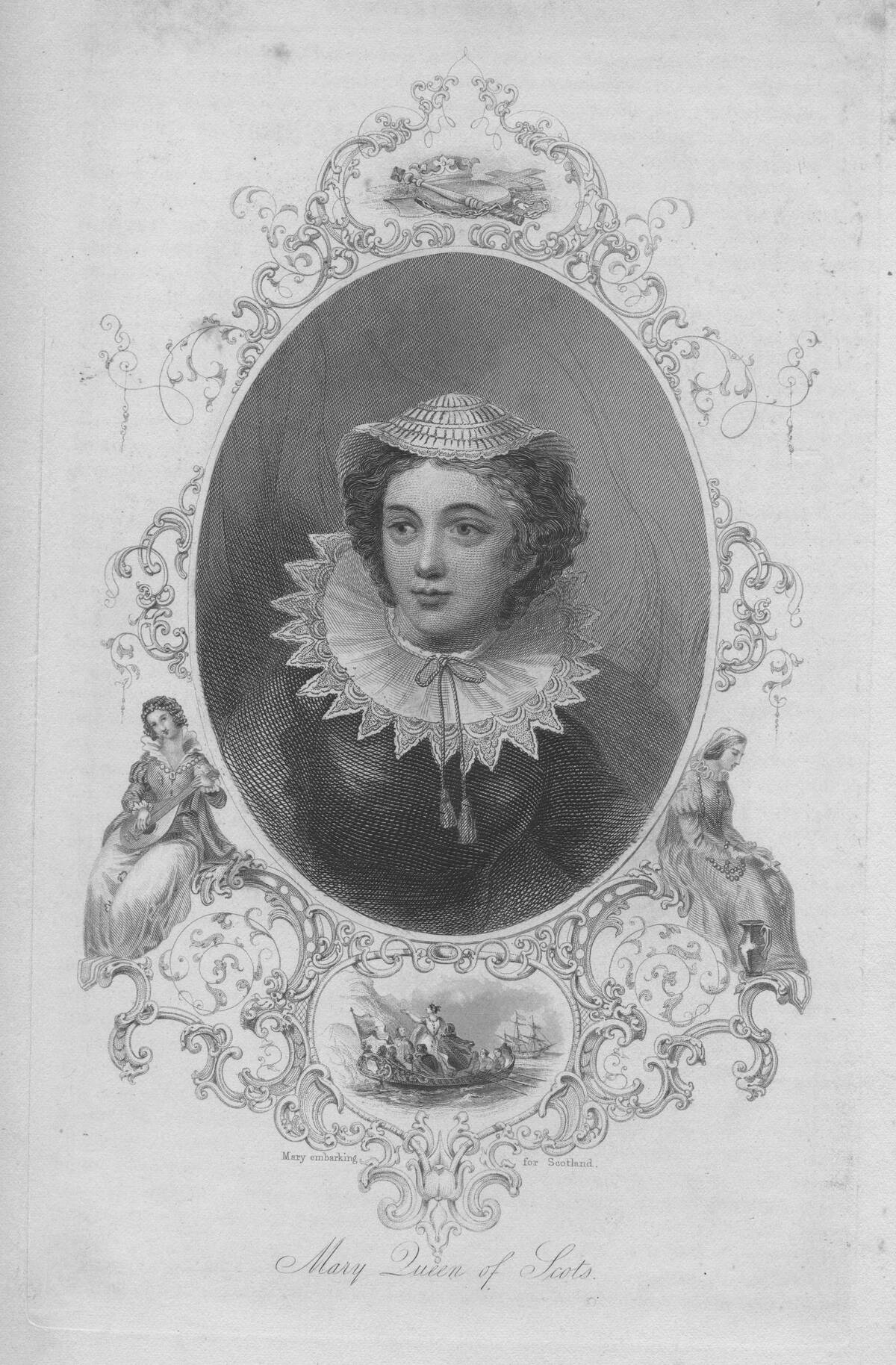
The rivalry between Elizabeth and Mary continues to influence modern perceptions of monarchy, highlighting the challenges faced by female rulers. Their story underscores the complexities of royal power, the interplay of politics and personal relationships, and the enduring impact of historical narratives.
This rivalry serves as a lens through which contemporary audiences can examine issues of gender, power, and leadership, offering valuable insights into the nature of monarchies and their role in shaping history and culture.
Lessons from History: What Elizabeth and Mary Teach Us Today
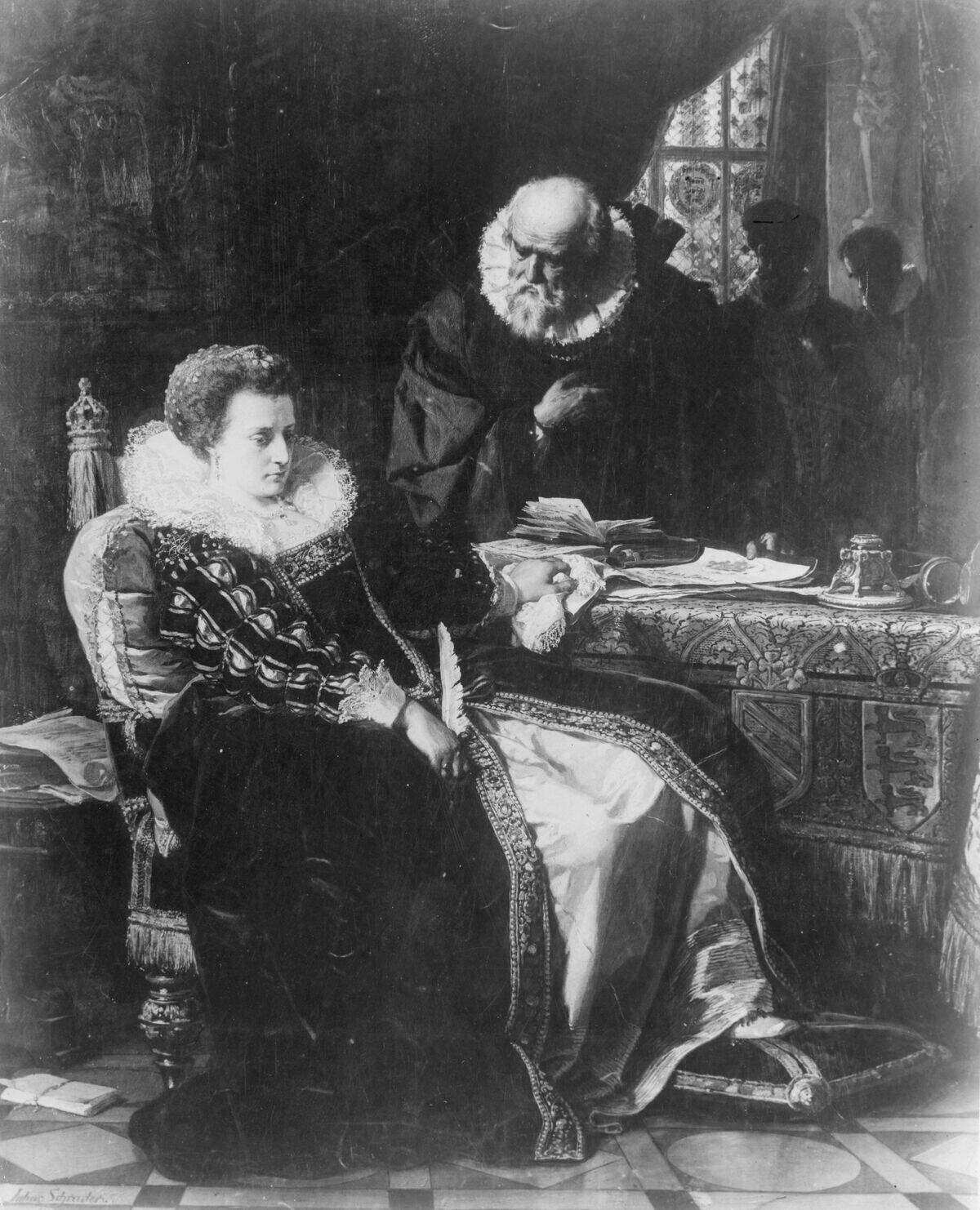
The lives of Elizabeth I and Mary, Queen of Scots, offer timeless lessons in leadership, resilience, and the complexities of power. Their stories remind us of the importance of diplomatic skill, the impact of personal relationships on political landscapes, and the challenges of female leadership in a male-dominated world.
As we reflect on their legacies, we are reminded of the enduring relevance of history in providing insights into the human condition and the ever-evolving dynamics of power and influence.



